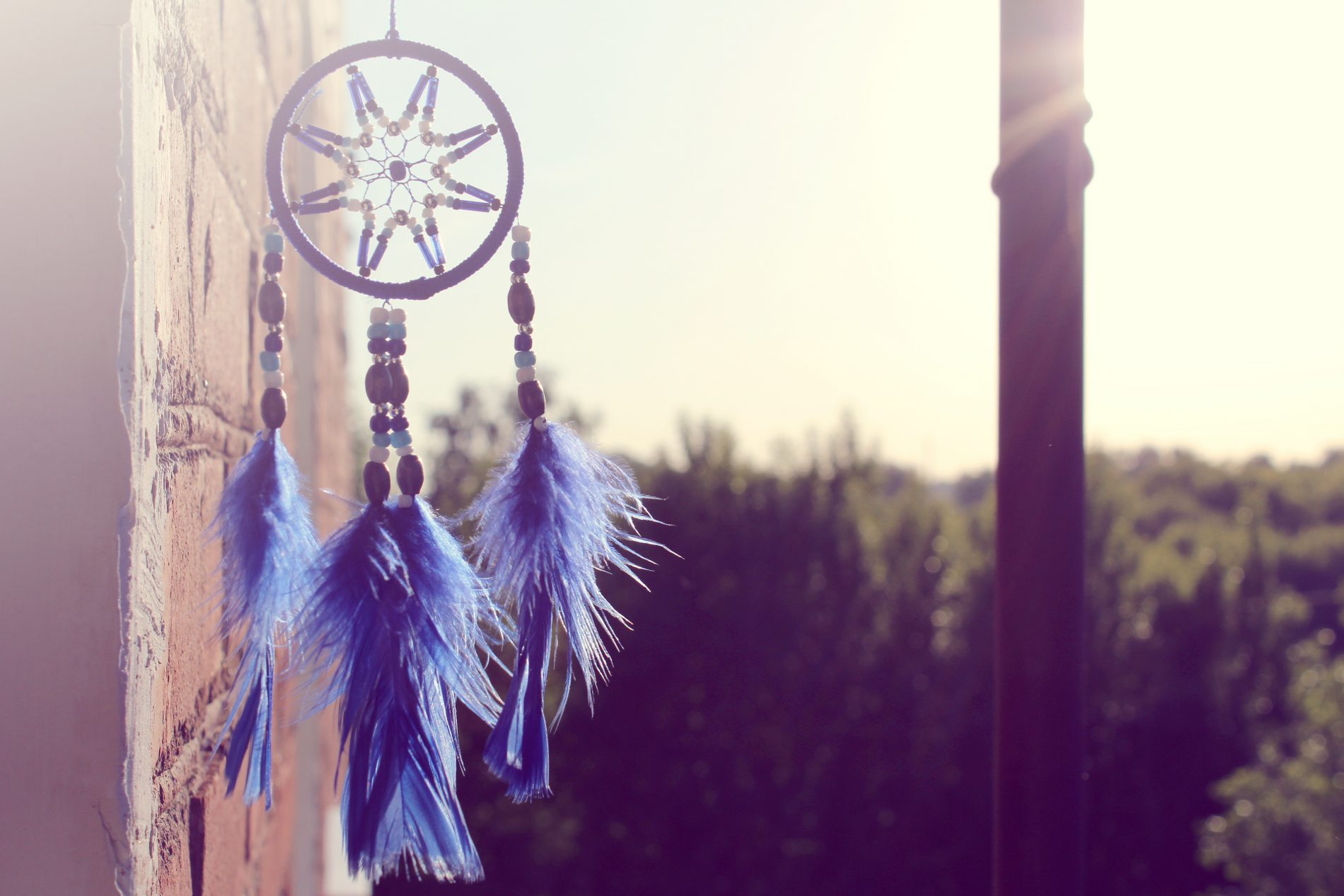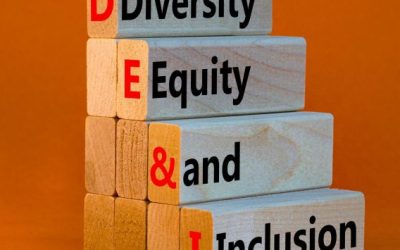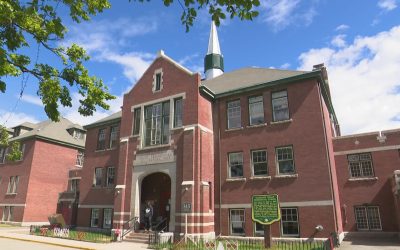A steadily increasing number of successful Canadians are proud of their Aboriginal heritage, but they have integrated into the Canadian economy and society. Political actor Wab Kinew, writer Tomson Highway, and Senator Murray Sinclair come to mind.
Many ethnic and racial groups strive to maintain separate ethnic, religious, or cultural identities in the face of the powerful homogenizing forces of assimilation. Some of these groups also have histories of being victims of intense discrimination, and many people struggle to keep their cultures alive under difficult conditions. Obvious examples are Jews, Chinese, Sikhs, Hutterites, Mennonites, and of course, Aboriginals.
People deal with this problem in various ways. Some tend to associate mainly with their own groups. Others prefer to merge with the general population. Hutterites choose to live and work together to preserve their culture and religion. Many Mennonites choose to live with other Mennonites–others, not so much. (I have Mennonite ancestry, but I choose to identify as just a Canadian.)
The point here is that in Canada all of this is possible: people can choose how closely they identify with their communities of origin, their ethnic groups, or they can leave them entirely.
But here is the difference between Aboriginals and everyone else: For these people there is a separate legal regime, with special entitlements. The lion’s share of entitlements go to the residents of Indian reserves.
Unfortunately, many Aboriginal leaders resist any attempts to change this peculiar system–maintaining that it is necessary for all Aboriginals to have this separate system in order to preserve their cultures. They insist that reserves must exist so that Aboriginals can carry on living with their familiar customs and ways of life.
I believe they are wrong.
In the first place, reserves are artificial creations of the British Crown and the Canadian federal government. They were meant to be temporary sanctuaries until Aboriginals could become full participants in the life of the country. After that, reserves would no longer exist. At that time, “special entitlements” might have consisted of a blanket and five dollars per person per year. If only those benefits had remained in place, reserves would have probably morphed into rural municipalities under the authority of provincial and territorial governments.
It was the long list of benefits dreamed up by well-intentioned politicians and judges, believing that they were helping a desperately poor people that virtually cemented reserves in place as permanent institutions. Free housing and no income tax or GST, regardless of income level, along with a grab-bag of special hunting and fishing privileges, are some of the benefits.
The most harmful “benefit”, however, is the modern welfare cheque, introduced in the 1960’s, because it created the tragic welfare trap that exists on many reserves today.
Isolating people on reserves was a bad idea from the start. It prevented Aboriginals from naturally adapting to a changing world. In the time before reserves and government money, Aboriginal culture adapted to big changes, such as the fur trade and the buffalo economy. It was only the isolation and the infusion of money from Ottawa that froze reserves in time and created today’s dependent and deeply troubled communities.
Today’s reserves have very little to do with the traditional lives of Aboriginal people. In the past, Aboriginals, at least in this part of the continent, were semi-nomadic hunter-gatherers. And, like successful people at all times, they “went where the jobs were”–in their case, by following the food supply. The work ethic was extremely strong because their survival depended on it. There were no welfare or transfer payments, and not surprisingly, there were no social pathologies like child neglect and drug and alcohol abuse–pathologies that afflict all dependent communities no matter the ethnic or racial backgrounds of the people.
Pre-contact Aboriginal cultures thrived for at least fifteen thousand years in harsh environments. But, today’s reserves bear little resemblance to those strong communities. Reserve culture today and Aboriginal cultures of the past are two very different things.
But here’s the thing: reserves are relics created as expedient policies by white men in a hurry. They are not Aboriginal in this sense; they are, in fact, the failed experiment of 19th century politicians and 20th and 21st century lawyers and judges.
The argument that reserves with separate laws, huge transfer payments, and extra entitlements are necessary to preserve Aboriginal culture is simply not true. The Hutterites prove that groups can successfully stay together without special laws and without outside help. People like Tomson Highway, Wab Kinew, and Murray Sinclair prove that individuals can be successful as both Aboriginals and Canadians.
Then what is the reason for the strong resistance of the Aboriginal leaders to any real change in the status quo? How much of it has to do with the transfer payments from Ottawa and the special entitlements that flow to Indian reserves?
A friend of mine never fails to remind me, when trying to unravel a complex problem, that often the answer is revealed when you “follow the money”.
It is a fact that many Aboriginal leaders are doing very well financially under the present system. On reserves, the powerful families and their associates form an elite, a sophisticated oligarchy, that controls millions of dollars a year that flows out from Ottawa. They also enjoy special entitlements, like free housing, and no income tax regardless of how large their salaries grow.
These benefits are paid for by ordinary tax-paying Canadians, many of whom earn far less than these Aboriginal leaders. The ordinary Canadians who pay for the entitlements and transfer payments must then use their own after-tax dollars to deal with their living expenses, like housing and their children’s tuition.
This blatant unfairness will become all the more evident as more Aboriginal people enter the middle and upper classes. And, of course, other groups, such as the Metis and non-status Indians, are lining up to be added to the free benefit list. In fact, the latest group seeking admission to this club is people who claim that their ancestors were excluded unfairly. It is estimated that as many as two million more people could gain Aboriginal status.
Is it only a matter of time before these groups get their way?
In the meantime, Canada’s other programs, such as education, health care, and employment training, are already being starved to pay for this extravagance. Hundreds of thousands of new claimants will put an incredible new strain on the country’s finances. This burden, combined with the next economic downturn, will be very bad news for a country already struggling with debt.
But lest this essay be considered some kind of racist diatribe targeting Aboriginals –let me point to the fact that many of the people who have attached themselves to the Aboriginal money pipeline are not aboriginal. The partnership between Aboriginal leaders and my former profession–the legal profession–has been incredibly lucrative for both.
In fact, during the recently negotiated residential school damage claims, one law firm billed more than fifty million dollars in fees. There are lawyers, in some firms, who are paid handsome salaries just to find “victims”–both real and imagined–and obtain large settlements for them while taking a healthy chunk for their firms.
The lucrative victim industry shows no sign of slowing down.
In fact, the lawyers who are only too eager to appear before the series of Aboriginal inquiries and who put their creative powers to work in the thriving treaty re-writing game hope this largesse lasts forever. There are many others involved besides lawyers: “consultants”, who attach themselves to Aboriginal causes; contractors who build and rebuild “free houses” on reserves; entire universities that utter not a critical word about this corruption. All of these opportunists want the money to keep flowing. And there is also the bloated federal bureaucracy that “oversees” this obscenely expensive system, where careers are built on taxpayers’ money in a way that Tony Soprano would instantly understand.
But do the great majority of poor Aboriginals benefit from this mountain of money?
The answer is that they don’t. If you are on welfare, paying no income tax is of little value. If your children don’t make it through middle school, free university education is irrelevant. If you are caught in the welfare trap, not much of this helps. Health entitlements, like free antibiotics, don’t spare Aboriginal people from belonging to what is by far the unhealthiest population in the country.
The stark reality is that these are the very people who need help, and are not getting it. Education and job training are desperately needed to help these truly poor people escape from their state of dependency by entering the work force. Many other Canadians who are not Aboriginal also fall into this category. But sufficient money is not there to help them because it is being siphoned off by people who are financially secure.
The Aboriginal leaders and their associates resist any attempt to focus government assistance on the people at the bottom. They rely on the myth that all Aboriginals need special help. It is not true. A disproportionately large group of Aboriginal people need special assistance, but the growing middle and upper class need no help.
So, while some people are doing just fine, most reserve residents are stuck in a time warp. Their ancestral way of life is long gone. Although a few people continue to hunt and trap, virtually no one wants the life of a subsistence hunter-gatherer any longer. The hunting and trapping that is done does not pay the bills–a government cheque does that. Too many Aboriginals are simply not equipped to manage in the modern wage economy. For too many, a life of welfare dependency is all they know and that is the life they are passing on to their children.
What are their leaders doing to address this plight? Instead of tackling the massive problems like alcohol abuse, family violence, and chronic unemployment they are content to blame others, and seek yet more money from the government. Their message to young people on reserves is: “Stay where you are–we will get the government to buy you a life.”
And the federal government–for reasons I don’t pretend to understand–does nothing but appease the leaders with more and more money.
It is time to acknowledge that the leaders’ plan of a separate system of tribal nations, with their own economies–and themselves as overlords–was unworkable from the beginning. “Self-government” paid for and directed from Ottawa, is no such thing. Aboriginal young people should be told the truth: there is no separate path to success. Everyone competes within the same economy and society. Like everyone else they must acquire education and job skills, and in many cases, leave their home communities to get a meaningful future.
Integration is, and always has been, the answer.
Almost fifty years ago, a gradual phasing out of the separate Aboriginal system with fair compensation and a major education thrust was proposed by then Prime Minister Pierre Elliot Trudeau and a very young Indian Affairs Minister, Jean Chretien. They believed that the Indian Act, with its soul-destroying reserve system, barred Aboriginals from taking their rightful place as full participants in the Canadian economy and society. They maintained that phasing out of the Act could be accomplished in a way that would allow people to retain their Aboriginal identity and to close the gap that existed then, and still exists, between Aboriginals and other Canadians.
For having the temerity to suggest that all Canadians should be treated equally, an oligarchy of Aboriginal leaders that had no intention of giving up their privileged positions shouted the elder Trudeau and Chretien down as “racists out to continue committing cultural genocide”. Since then, and despite the countless billions that have been poured into this failed system, most Aboriginal people remain far behind other Canadians. In short, the present situation is a national disgrace.
As Canadians, we are proud of fellow Canadians like Tomson Highway, Wab Kinew, and Murray Sinclair, just as we are proud of Wayne Gretzky, Margaret Atwood, and Gordon Lightfoot. All can succeed here.
In my view, Trudeau, the Elder and the little guy from Shawinigan were right all along. Will Trudeau, the Younger, take heed?
View entire PDF here: EF02OneSetofLawsGiesbrecht



